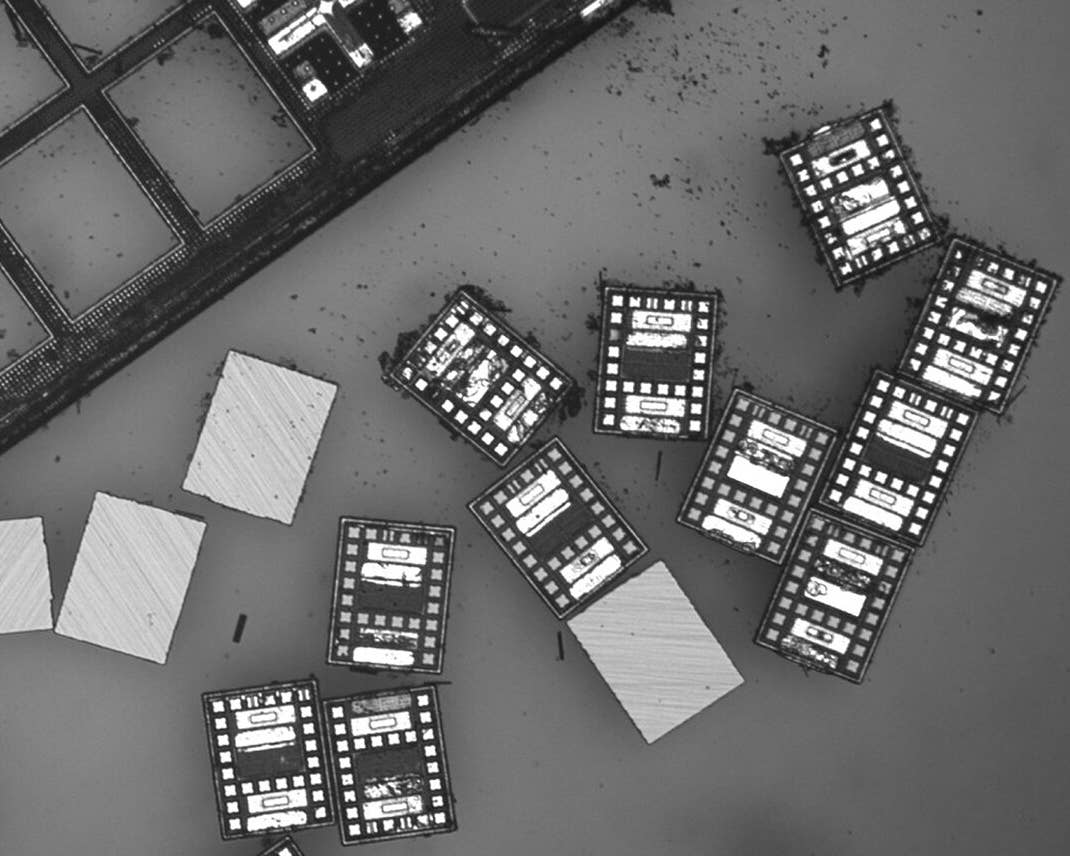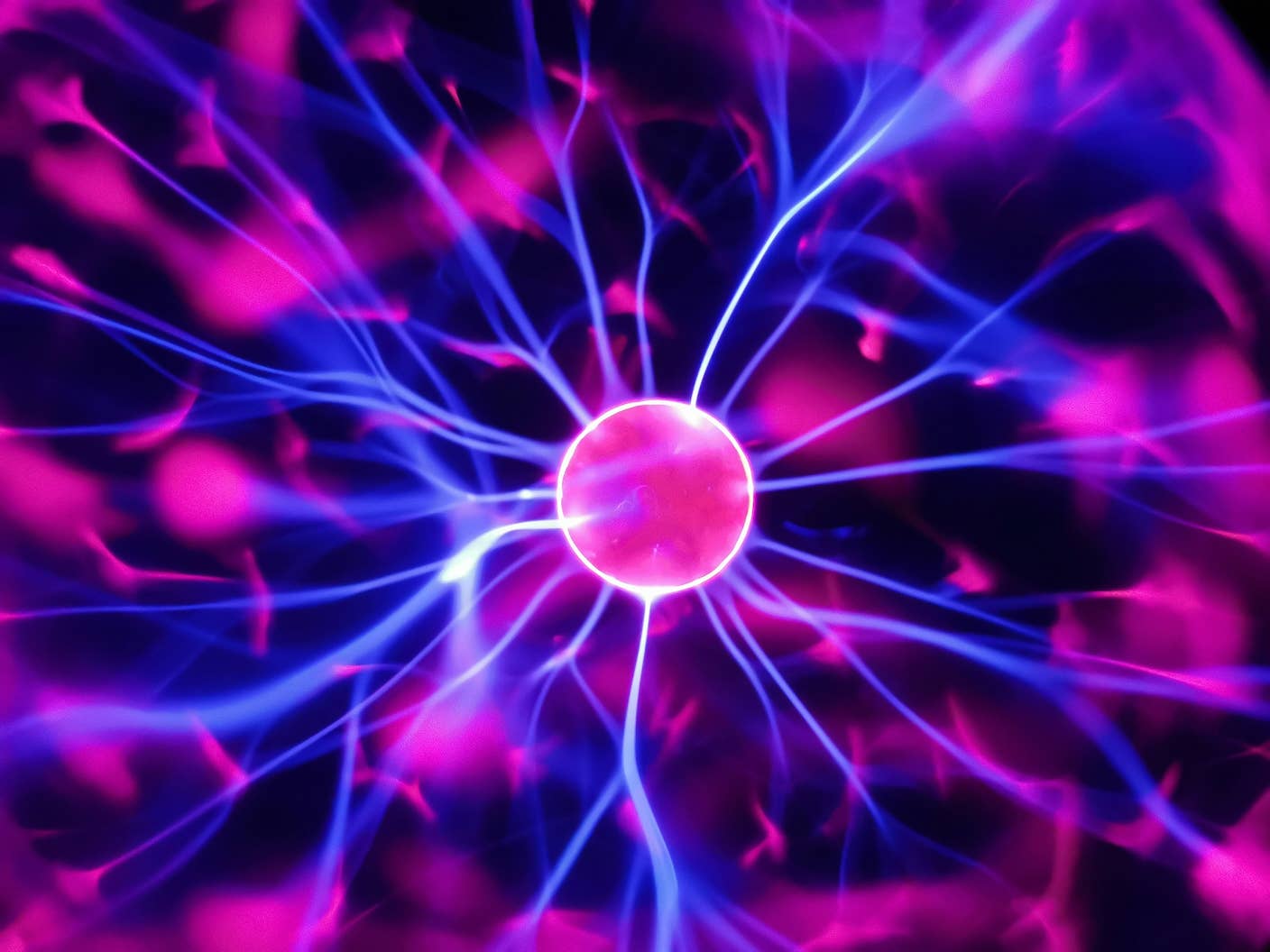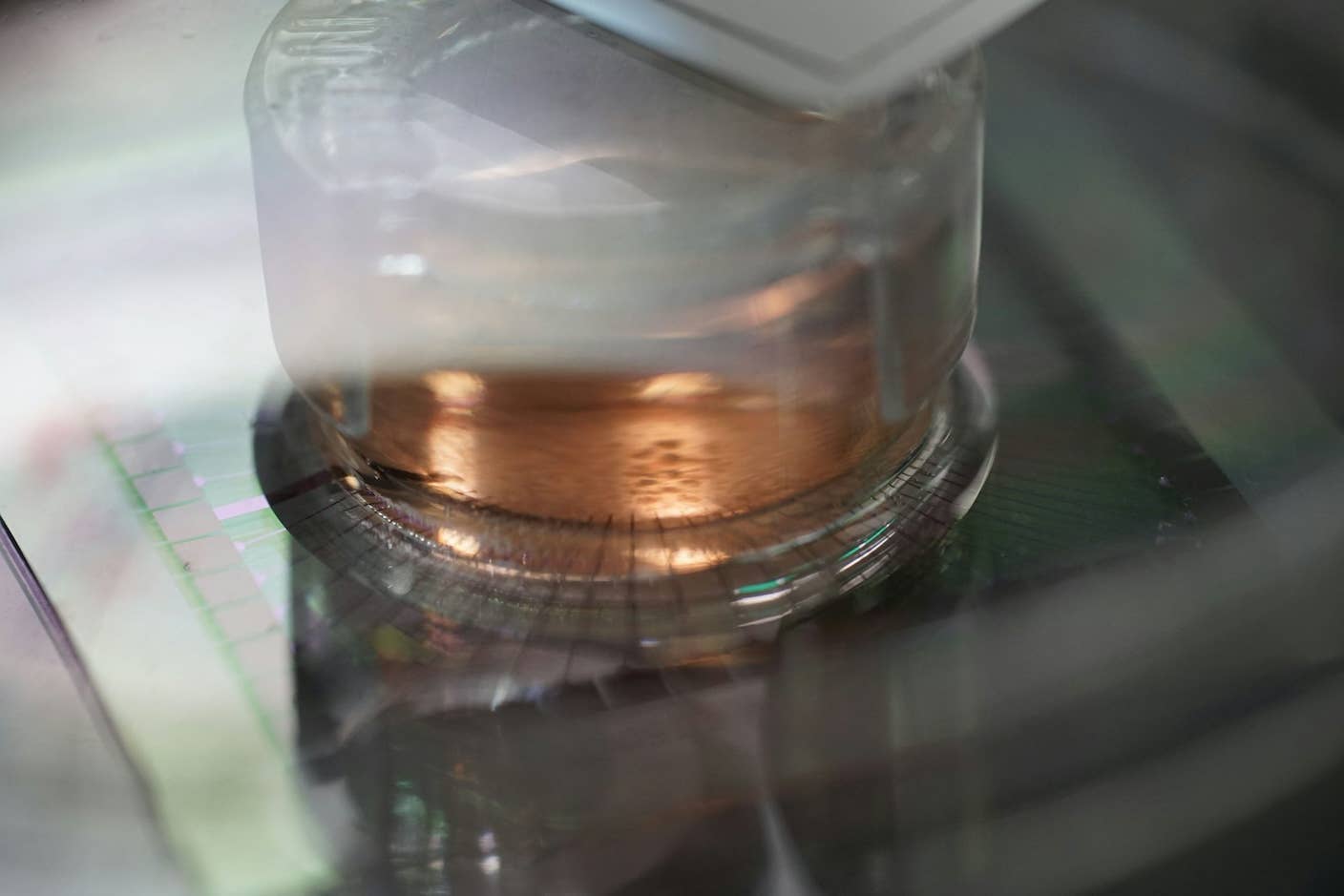How Robots and Sensors Will Transform Transportation, Agriculture, and Elder Care

Share
Sensors and robotics are two exponential technologies that will disrupt a multitude of billion-dollar industries.
This post (part 3 of 4) is a quick look at how three industries — transportation, agriculture, and healthcare/elder care — will change this decade.
Before I dive into each of these industries, it's important I mention that it's the explosion of sensors that is fundamentally enabling much of what I describe below.
We forget that we are heading towards a trillion-sensor global ecosystem. Cheap, powerful, microscopic sensors are ubiquitously entering every aspect of our lives, allowing us (and our robots) to know anything we want, anywhere, anytime.
Okay, let's dive in…
Transportation
Today, the automotive industry pulls in close to $2 trillion in revenue each year.
It's a big, inefficient, wasteful and, frankly, dangerous industry. According to Singularity University's Brad Templeton, here's how the annual numbers stack up for the U.S.:
- 33,000 lives are lost and a million injuries. (Over 1.2 million lives/year lost around the world.)
- $230 billion of accident cost in the U.S. (NTSB). About 2-3% of GDP.
- 50 billion hours (or 1 trillion dollars) of people's time. Around 8% of GDP.
- 50 billion gallons of imported gasoline (12-15% of the USA's CO2 emissions).
So what's coming?
Obviously, autonomous cars are coming fast.
Google is leading the way, but Apple, Tesla, Uber and every major car company are following. Today, Google's self-driving cars have driven far more than 1.5 million miles, safely and fully autonomously.
Google's car (and all others) are made possible because of their suite of sensors. One in particular is a 64-beam Velodyne LIDAR sensor (laser imaging radar) that, combined with cameras, sonar and GPS, is collecting and analyzing 750 Mb of data per second. The car knows everything that's happening within 100 meters of the sensor.
So what is the impact? By 2035 there will be more than 54 million autonomous cars on the road, and this will change everything:
- Saved Lives: Autonomous cars don’t drive drunk, don’t text and don’t fall asleep at the wheel.
- Reclaiming Land: You can fit eight times more autonomous cars on our roads, plus you no longer need parking spaces. Today, in the U.S. we devote 10% of the urban land to ~600 million parking spaces, and countless more to our paved highways and roads. In Los Angeles, it’s estimated that more than half of the land in the city belongs to cars in the form of garages, driveways, roads, and parking lots.
- Saved Energy: Today we give close to 25 percent of all of our energy to personal transportation, and 25 percent of our greenhouse gases are going to the car. If cars don’t crash, you don’t need a 5,000-lb SUV driving around a 100-lb passenger (where 2% of the energy is moving the person, and 98% is to move the metal womb wrapped around them).
- Saved Money/Higher Productivity: Get rid of needing to own a car, paying for insurance and parking, trade out 4,000-lb. cars for lighter electric cars that don’t crash, and you can expect to save 90% on your local automotive transportation bill. Plus regain 1 to 2 hours of productivity in your life (work as you are driven around), reclaiming hundreds of billions of dollars in the US economy.
Best of all, you can call any kind of car you need. Need a nap? Order a car with a bed. Want to party? Order one with a fully-stocked bar. Need a business meeting? Up drives a conference room on wheels.
Agriculture
In 2012, US farms alone sold close to $395 billion worth of crops and livestock.
Globally, agriculture is a 2+ trillion dollar industry, humanity's largest endeavor.
Agriculture is a remarkably fragmented, complicated, and old-school industry.
Stakeholders are resistant to change, and many farmers are struggling to produce enough yield to maintain their own livelihoods, much less feed a growing global population.
Be Part of the Future
Sign up to receive top stories about groundbreaking technologies and visionary thinkers from SingularityHub.


What's next?
Two revolutions are in play. The first is synthetic biology (I'll save that for a later blog). The second is the impact of sensors and robotics — a combination that is yielding the dramatic improvements in the following ways.
- Knowing the global yield and health of humanity’s crops: If you can’t measure it, you can’t improve it. And oh BOY, are we about to get incredibly good at measuring crops. A combination of ground, drone and satellite-based sensors will soon give us ‘god-like’ knowledge of what is growing on every acre of crop land on the planet. Better yet, we’ll know the yield, green-up rates, water saturation levels, and fertility of the soil from these sensors.
- Autonomous robotic farming equipment: In 1840, 70% of the American workforce were farmers. By the year 2000 it was down to 2%. While automation has made a huge dent in productivity and cost reduction (food is today 13 times cheaper at the grocery store compared to 100 years ago), there is still a lot more progress at hand. This progress will come from robotics. Robots in the form of autonomous, GPS- controlled farming equipment that can fertilize, plow and harvest a crop. And humanoid robots that will eventually be so cheap that they will replace migrant workers, operating 24 hours per day, 7 days per week.
- Vertical (Urban) Farming: The average American meal travels about 1,500 miles to get from farm to fork. Imagine instead if the food for Detroit was farmed in downtown Detroit in a high-rise farm (known as an ‘urban’ or ‘vertical’ farm) that reduced the trip from 1,500 to 15 miles. Robots and sensors will provide 24-hour-per-day lighting at finely tuned frequencies, sensors will maintain hydroponic water at perfect pH, and nutrients at exact levels will drive hyper-fast growth and maximal yields, far more than possible on a farm. Robots plant, maintain and harvest. Ultimately, these farms deliver yields hundreds of times higher per square meter of real estate.
Healthcare and Elder Care
Elderly care is projected to be a $319 billion market in the US by 2016.
Today, the average annual cost of a nursing home is more than $75,000. Elderly care is expensive, degrading and inefficient. And it's ripe for disruption.
But what if robots and sensors could allow an elderly person to continue living on their own, in the dignity of their own home?
- Telepresence robots like Suitable Technologies’ Beam will allow families and doctors to periodically check in and visit with the elderly.
- Wearable health sensors monitoring heart rate, blood glucose,"fall-detection," even blood chemistries will allow doctors to remotely monitor a patient’s health and even whether they are compliant with their meds.
- Personal assistant robots will eventually clean rooms, do the dishes, wash the clothes, and help the elderly get out of bed and go to the bathroom.
In the general arena of healthcare, dozens of wearable and implantable biometric sensors will make us all the 'CEOs of our own health' within the next decade.
Companies like Google Health, Apple and Samsung (to name a few) are investing billions to develop this tech.
Plus, next year I expect the winner of the $10M Qualcomm Tricorder XPRIZE will give birth to sensor-packed devices (i.e., the Star Trek Tricorder) that allow you, the consumer, to self-diagnose, anytime, anywhere.
On the robotics front, expect robots to become the surgeon of choice for all conditions.
Need bypass surgery? An appendectomy? Which would you prefer: the surgeon who slept too little… drank too much coffee… fought with their spouse… or the robot operating system that has performed that exact surgery perfectly 100,000 times?
Image Credit: Shutterstock.com
Diamandis is the founder and executive chairman of the XPRIZE Foundation, which leads the world in designing and operating large-scale incentive competitions. He is also the executive founder and director of Singularity University, a global learning and innovation community using exponential technologies to tackle the world’s biggest challenges and build a better future for all. As an entrepreneur, Diamandis has started over 20 companies in the areas of longevity, space, venture capital, and education. He is also co-founder of BOLD Capital Partners, a venture fund with $250M investing in exponential technologies. Diamandis is a New York Times Bestselling author of two books: Abundance and BOLD. He earned degrees in molecular genetics and aerospace engineering from MIT and holds an MD from Harvard Medical School. Peter’s favorite saying is “the best way to predict the future is to create it yourself.”
Related Articles

These Robots Are the Size of Single Cells and Cost Just a Penny Apiece

Hugging Face Says AI Models With Reasoning Use 30x More Energy on Average

How Scientists Are Growing Computers From Human Brain Cells—and Why They Want to Keep Doing It
What we’re reading